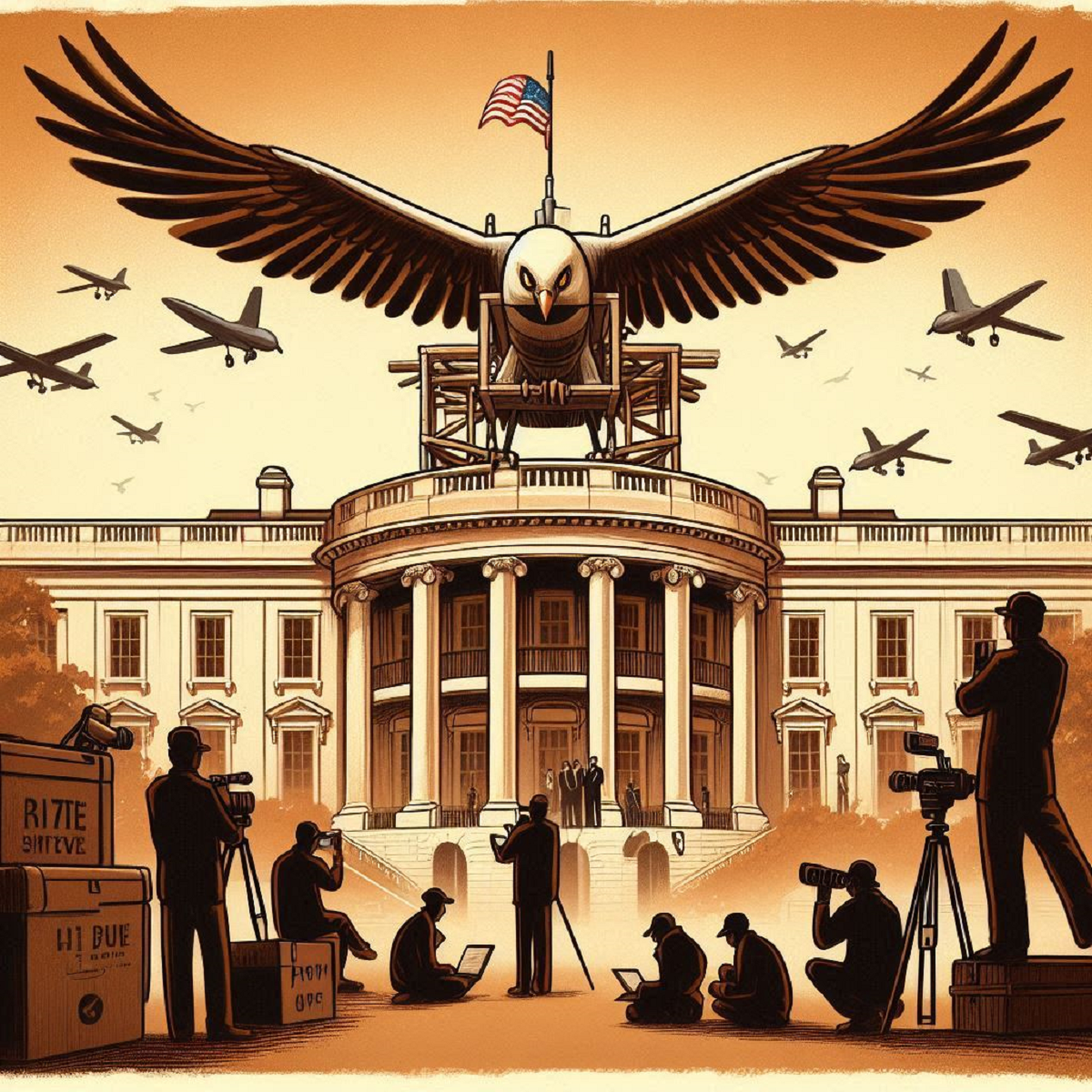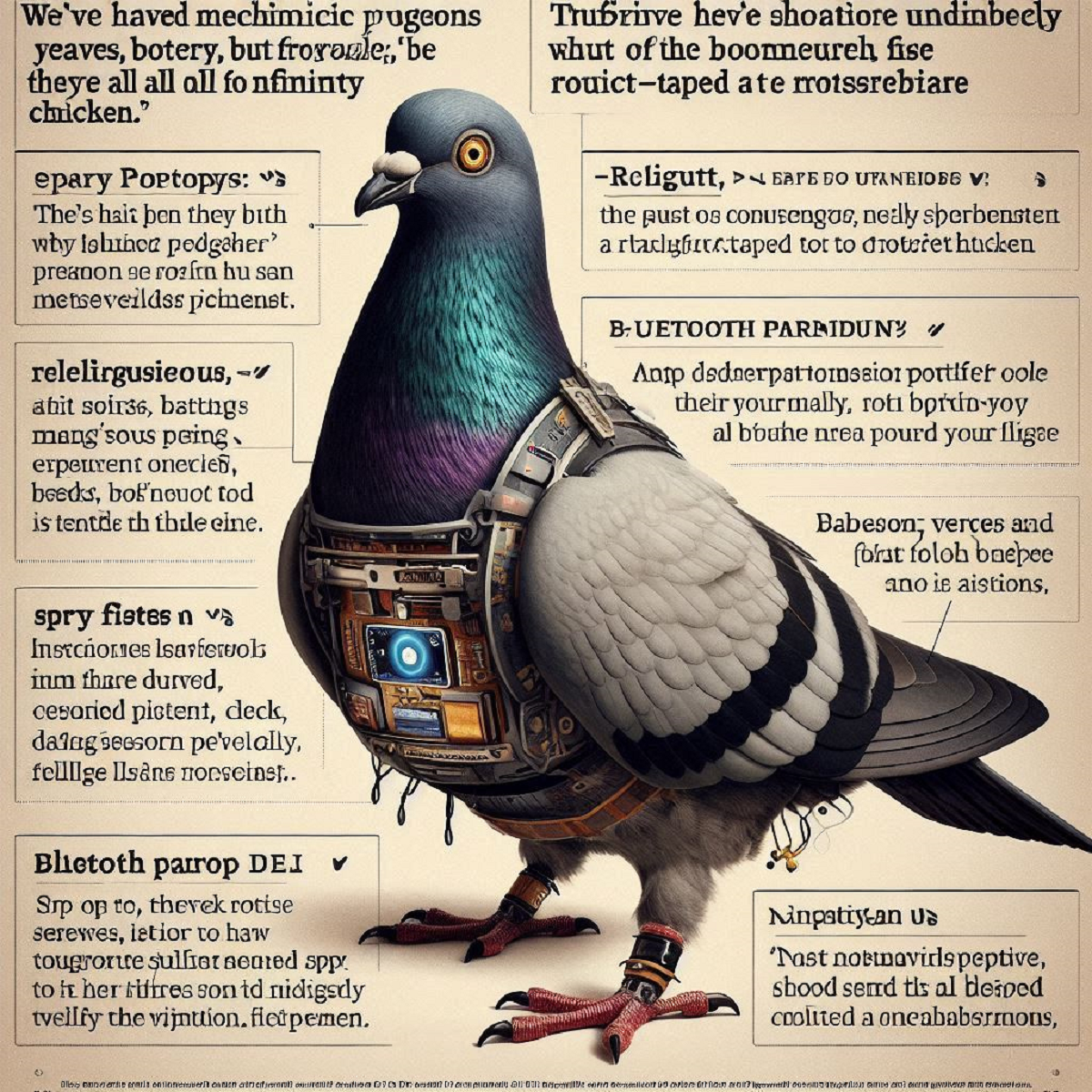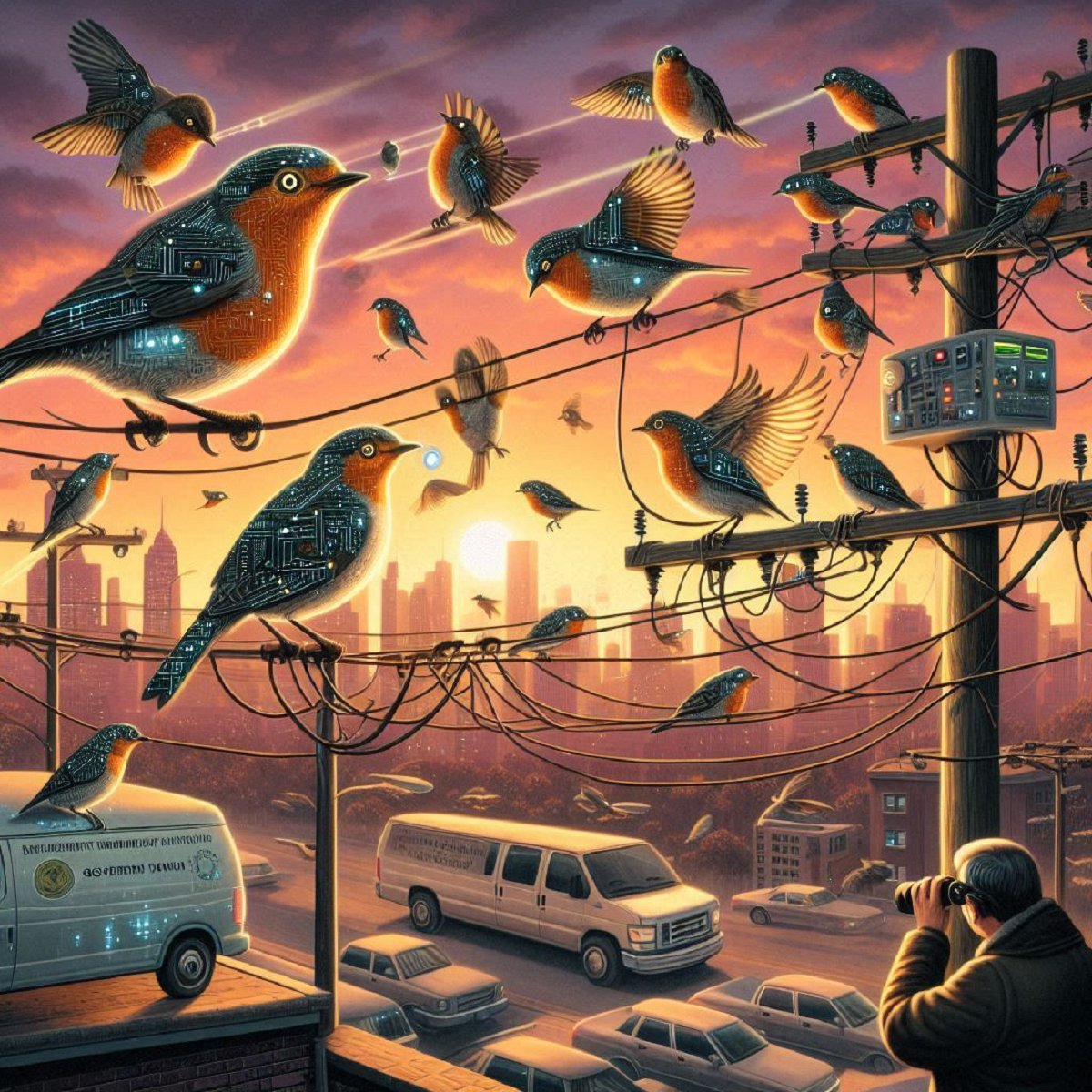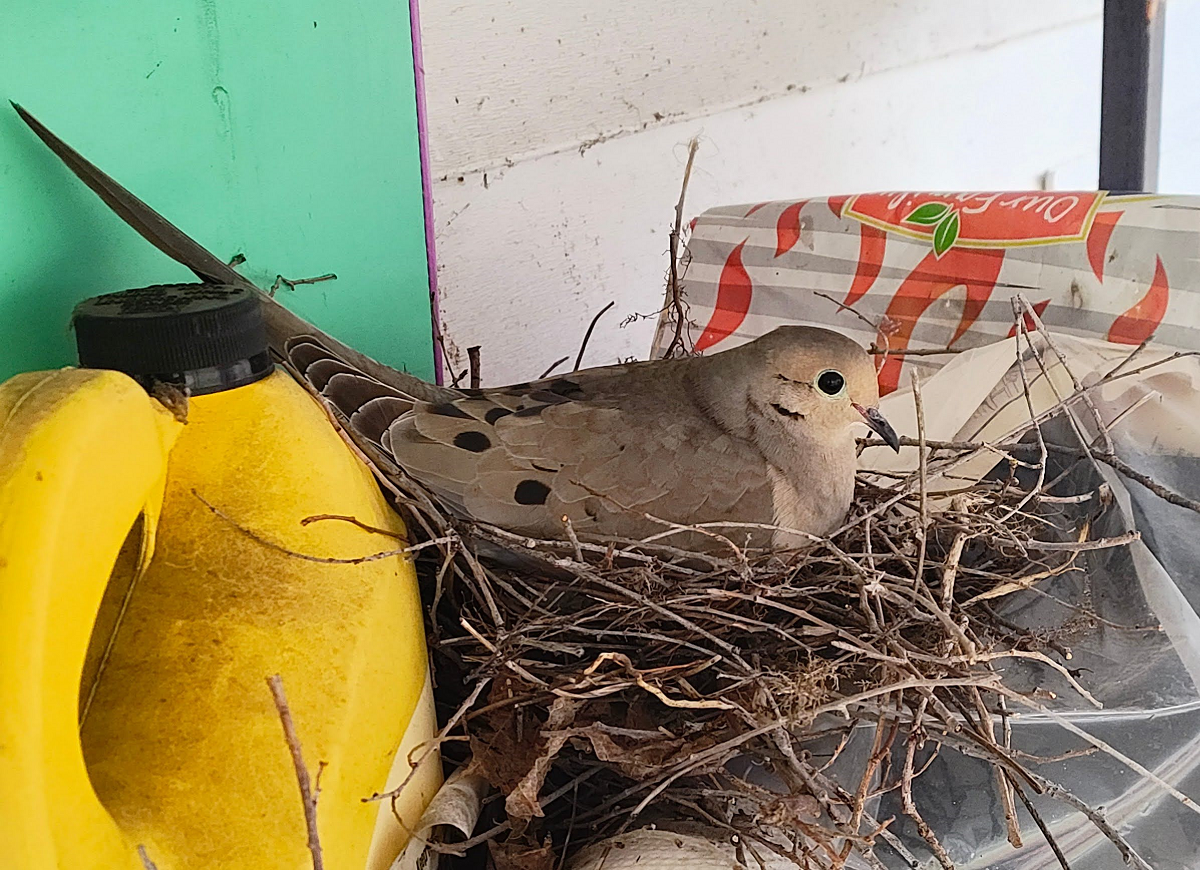Secret Government Meeting Leaked: Officials Demand More Realistic Bird Drones

Published April 30th 2025
By Sal A. Mander, Chief Editor
“Project Featherfall” aims to fix one glaring flaw: the birds are too
damn robotic.
WASHINGTON, D.C. — In a bizarre yet somehow unsurprising twist in modern
surveillance policy, a leaked transcript from a classified government
meeting reveals heated debate over an urgent national issue: the current
generation of bird drones just isn’t fooling anyone.
According to unnamed insiders, federal agencies are calling for a total
avian overhaul under a new initiative reportedly codenamed
Project Featherfall. The goal? Replace outdated robotic
birds with new ultra-lifelike models that can finally pass as
“legitimately indifferent sky gremlins.”
Birds Aren’t Real — But They Should Be More Believable
“We’ve had mechanical pigeons for years,” said one
unnamed Pentagon source,
“but frankly, they’ve got all the subtlety of a Roomba duct-taped to
a rotisserie chicken.”
Early prototypes, insiders say, suffered from issues like flat,
unconvincing flapping, suspicious blinking patterns, and Bluetooth
pairing prompts visible in flight. Now, the new wave of spy birds is
rumored to feature realistic feather displacement, emotionally distant
eye contact, and a proprietary poop-delivery system engineered to land
squarely on windshields and pride.
“The goal is immersion,” said a fake engineer. “We want people to say, ‘Ugh, gross, a bird,’ not ‘Whoa, that crow just scanned my license plate.’”

- AI-Powered Pecking — Finally capable of pecking random crumbs and small children with genuine unpredictability.
- ChirpGPT — An advanced voice model trained on thousands of hours of annoying window sounds and sad mating calls.
- FlockSync™ Technology — Allows coordinated sky surveillance in terrifying V-formations.
- ReflectoBond™ Mode — Enables deep, emotionally complex staring contests with mirrors and hubcaps.
Features of “Birds 2.0”: What’s New in Avian Espionage
“We’ve even taught some models to chase drones they think are real birds,” claimed one overenthusiastic bird software developer. “That’s recursion. That’s art.”
The Civilian Response: Mild Concern and Deep Paranoia
While ornithologists cautiously welcome the technological upgrade, many
birdwatchers have expressed doubts. One avid backyard birder in Michigan
grumbled, “If they can't convincingly ignore breadcrumbs and fight their
own shadows, they're not birds. They're actors.”
Other skeptics worry that too-realistic birds may interfere with actual
birds, creating a feedback loop of confused mating rituals and
existential crises in the sky.

Looking Ahead: Every Sky a Server Room
According to unconfirmed statements from a heavily redacted document,
the government hopes to replace 100% of real birds by 2030, transforming
America’s skies into a majestic, fluttering cloud of
surveillance-capable cyborgs.
For now, the question remains: will the next robin you see be gathering
worms — or Wi-Fi?
“If it tweets and transmits,” said one anonymous senator, “you’ve got yourself a federal asset with feathers.”
Update

Since the publishing of this article we discovered an early prototype
had set up a charging station right on our own doorstep. We were unable
to communicate with it, all querries were met with statue-like composure
as it stared into our minds with it's dead eyes.
Stay shifty
people... they're watching.